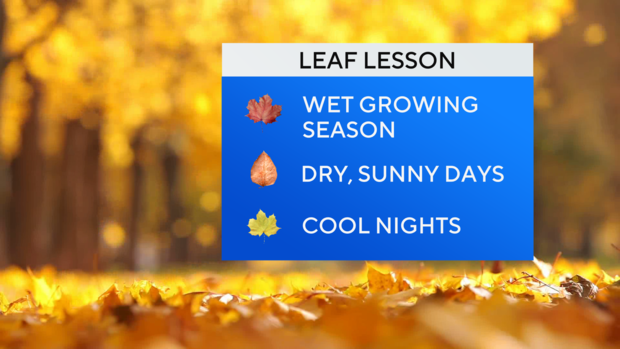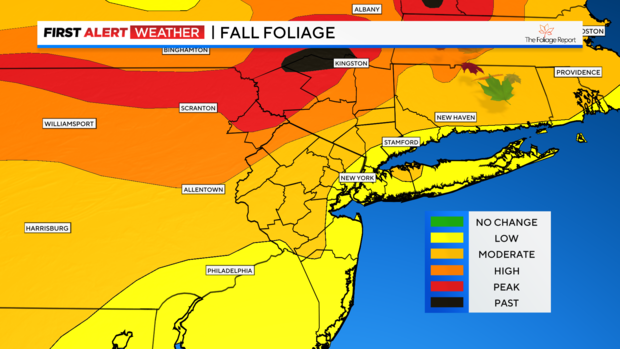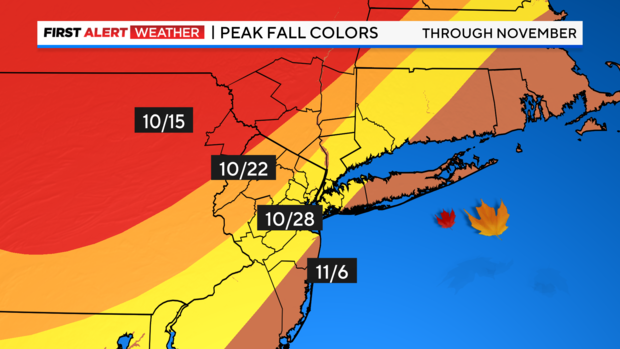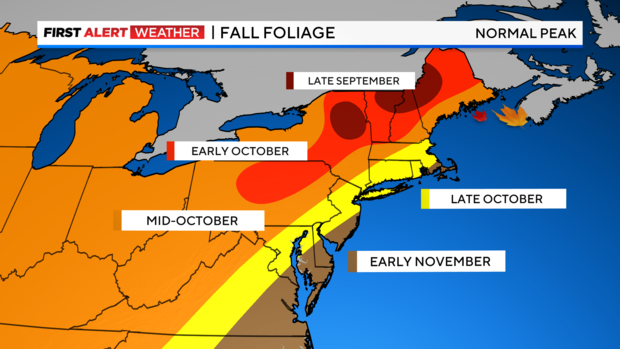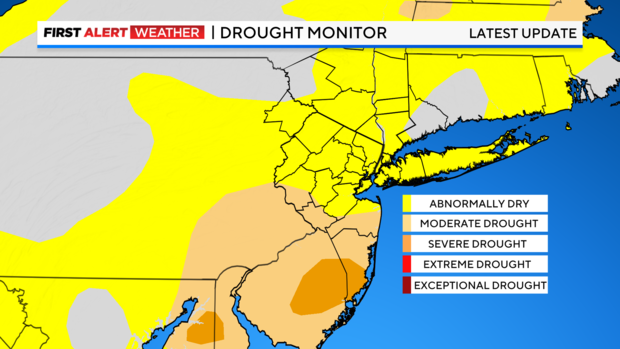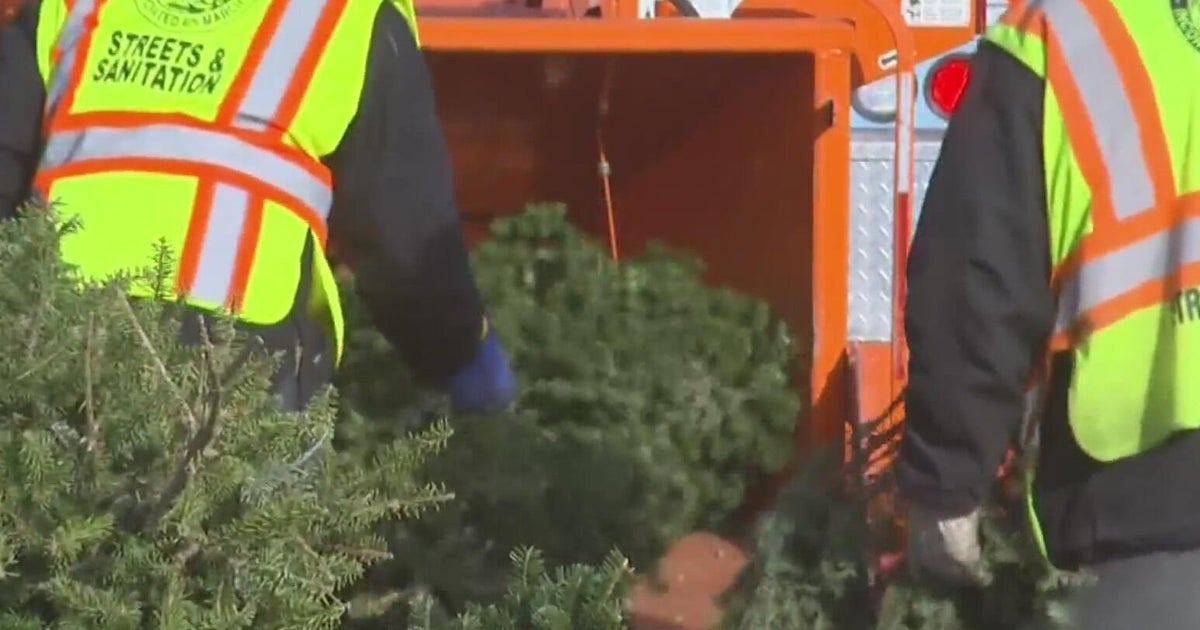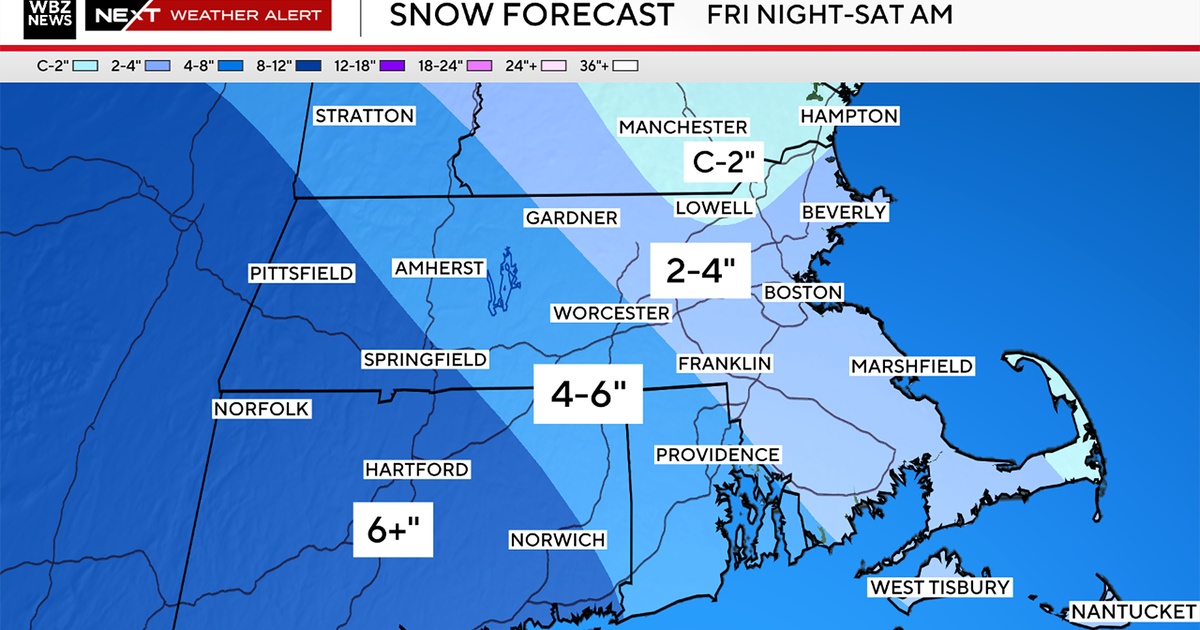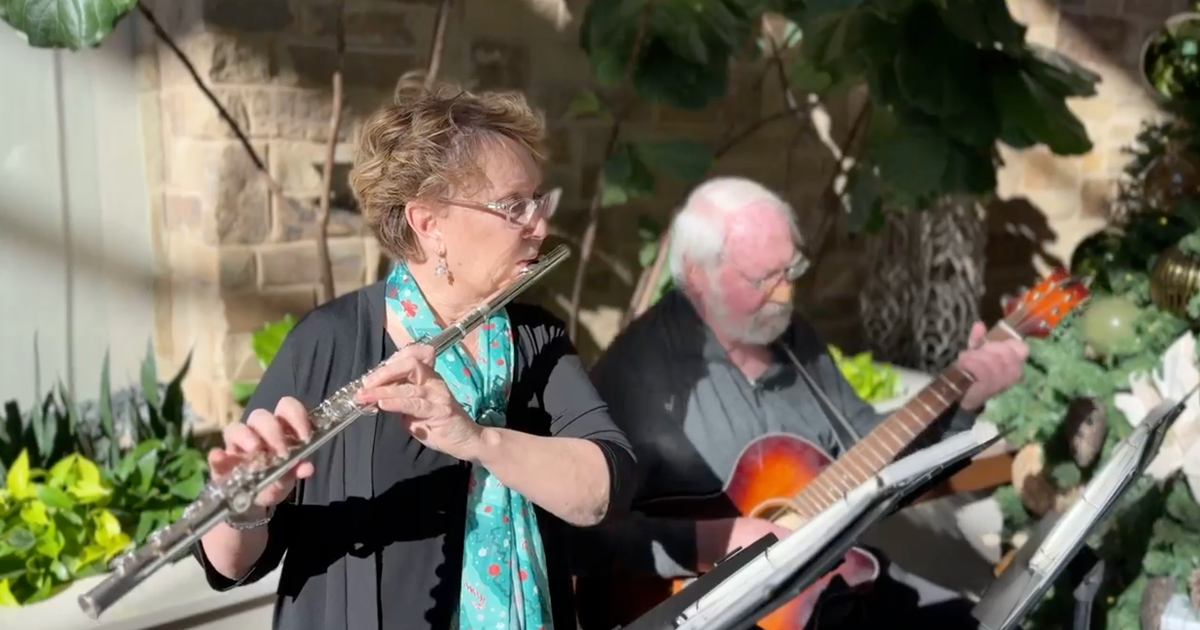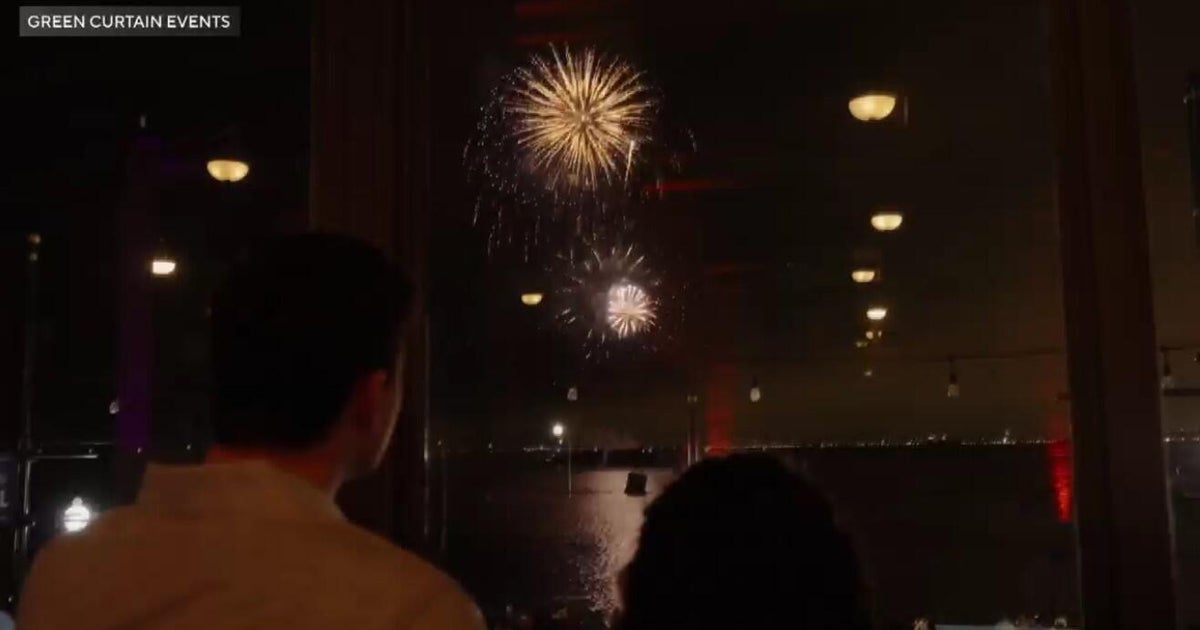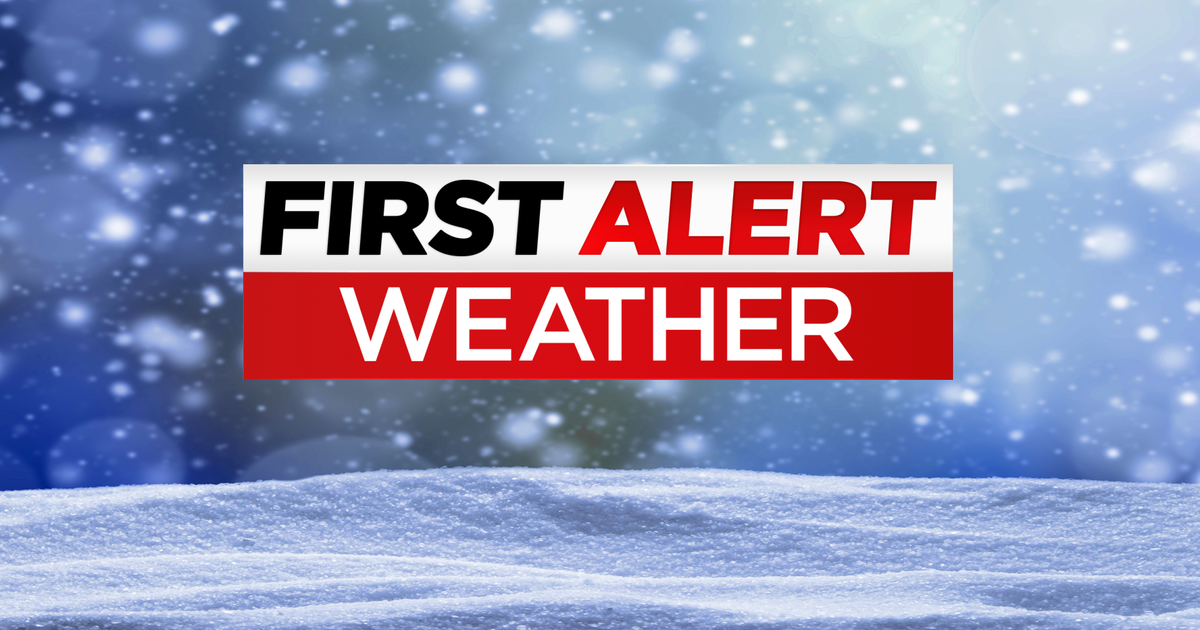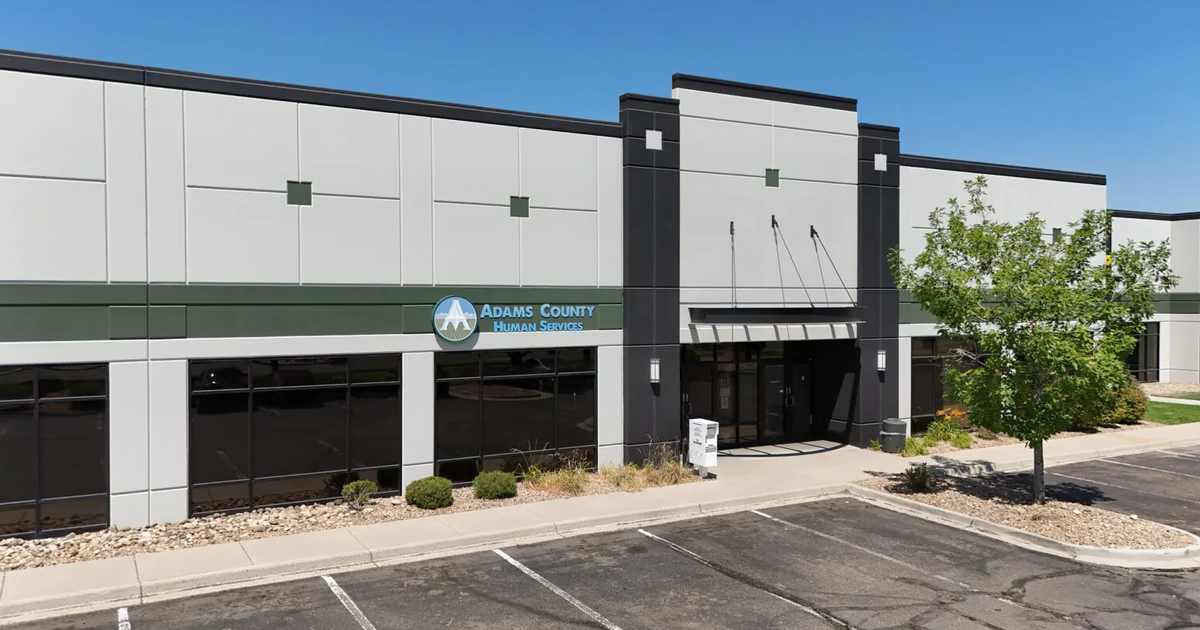Maps show fall foliage starting to peak in New York. Here's when and where to see the best colors.
With fall now well underway, many are wondering when and where they can enjoy the beautiful change in leaves that occurs annually. While locations in New England, such as Vermont, are well known for being the best places to view the fall foliage, brilliant colors can be viewed right in our area as well. From the Catskills to Central Park, there's something for everyone to enjoy.
Use this interactive map to find peak foliage around the state.
What's behind these changes anyway?
The arrival of autumn brings about longer and cooler nights. These changes send a signal to the leaves in trees to stop producing chlorophyll, the compound that makes them green. The loss of chlorophyll leads to the unveiling of carotenoids and anthocyanins that are always present in the leaves, just masked by the chlorophyll. Carotenoids are what makes carrots orange, and anthocyanins are what makes blueberries blue.
The perfect conditions to ignite trees ablaze in color are sun filled, warm days and cool, calm nights. A sunny day with highs in the mid to upper 60s followed by a night with lows in the 40s, or even upper 30s, is exactly ideal. Yet achieving this perfect blend of temperatures isn't easy, especially with weather patterns varying from year to year.
Geographic location plays a big role in determining when the leaves will fall. For example, trees in rural and suburban locales, such as Orange County, will be exposed to colder nights than the city and immediate coastal sections. A phenomenon, known as the Urban Heat Island Effect, is what keeps cities warmer than the surrounding suburbs, especially at night, and in some cases up to 20 degrees warmer. This is due to all the buildings and concrete trapping the heat of the day, and preventing it from escaping back into the atmosphere at night. For coastal areas, the influence of the ocean, which takes a while to cool down from the heat of summer, moderates temperatures for the nearby land, thus preventing them from dropping too low at night.
In turn, our inland suburban and rural counties will see their trees peak in color earlier than the city and coastal sections. Typically, the upper Hudson Valley and northwestern New Jersey peak in early to mid-October. The lower Hudson Valley plus central and western New Jersey tends to see peak color in mid to late October, while the city, Long Island, and coastal areas of New Jersey and Connecticut have to wait till late October and early November for their display of dazzling hues. Sometimes, trees in the city won't change color until mid to late November.
Another major factor governing the display of fall colors are the prevailing weather patterns during the main growing season and early fall. A summer that is defined by lots of heat and dryness will deliver a lackluster array of color. On the other hand, a summer that is on the cooler and wetter side usually ushers in a brilliant, vibrant display, with redder reds and yellower yellows. The excess moisture acts as a catalyst to really bring out the true colors embedded within the leaves. However, a summer that turns from dry to wet, or even just a wet fall, will mitigate the effects of the initial dryness, and lead to a show-stopping display. If the fall is dominated by low amounts of rainfall, warm, humid, or windy conditions, that will make for a disappointing color show.
Different species of trees produce different fall colors, as well as change colors at different times. The red maple tree produces spectacular red foliage later in fall. In contrast, the ash tree turns yellow much earlier. When going on leaf peeping expeditions, knowing what types of species grow where you're headed is helpful to maximize the experience. Other useful tidbits while searching where to view the leaves are:
- At higher elevations leaves turn sooner and drop earlier
- At lower elevations leaves turn later and drop later
- Trees that surround bodies of water, like lakes and ponds will typically change colors before trees that are further away from the water.
This year's colors
As far as this year goes, we had a dry start to the summer, subsequently followed by lots of wetness from mid-July through mid-August. From late August through now, the pattern has dried out significantly, and most of the region is running well below average in rainfall. Temperature wise, we've had a decent number of cool nights and warm days since September. Despite the temperature patterns being favorable for optimal fall color, the worsening drought across the region is very much unfavorable. This has set the stage for an underwhelming display of fall color, with the leaves quickly falling off the trees before any deep colors can develop, a direct result of drought stress. Whatever colors that do develop will be subdued and not very vibrant. All is not lost though, as certain pockets of the region that received higher amounts of rainfall over the summer, including the northwestern Hudson Valley and southwestern Connecticut may still see some decent colors.
Right now, the northern Hudson Valley is in peak or near peak color. As October progresses and November rolls around, the color change will move further south and east with each passing week. In order to fully take advantage of what our region has to offer foliage wise, it might be best to start one weekend in the northern suburbs and then gradually work your way down to the coastal spots as the season wears on, ensuring you get to see color every weekend. Some great leaf peeping locations include Harriman State Park, Round Valley Reservoir and Holmdel Park.
In recent years, the seasonal change of colors has been occurring later and later. Last year was no exception. This may be our new normal, but eventually the colors do show up. Better late than never!
Pumpkin & apple picking conditions
Leaf peeping isn't the only popular fall activity throughout the region. With so many farms and orchards in the suburbs, apple and pumpkin picking options are endless. While the ongoing dry pattern is not good for dazzling fall color displays, it does have benefits for other things. For those wanting that perfect pumpkin for Halloween, you are in luck, as sufficient rainfall over the summer provided perfect growing conditions for pumpkins. The dry pattern that has followed allows the pumpkins to stay on the vines longer without rotting in the fields. A similar scenario is in play for apple trees, with the former wet pattern helping the fruit grow properly and the current dry pattern keeping the fruit from rotting on the trees. The dryness also allows the sugars in the apples to become more concentrated, making the fruit sweeter. Whether picking apples, pumpkins, or both, the extended dry weather not only guarantees that you're able to get to the fields and pick without rain cancelling your plans but ensures that you also won't be coming home with tons of mud on your shoes.

